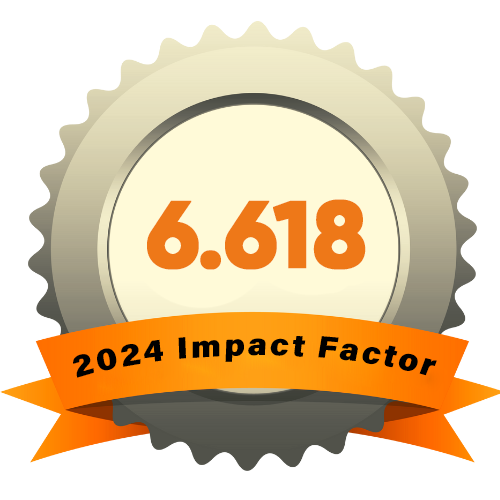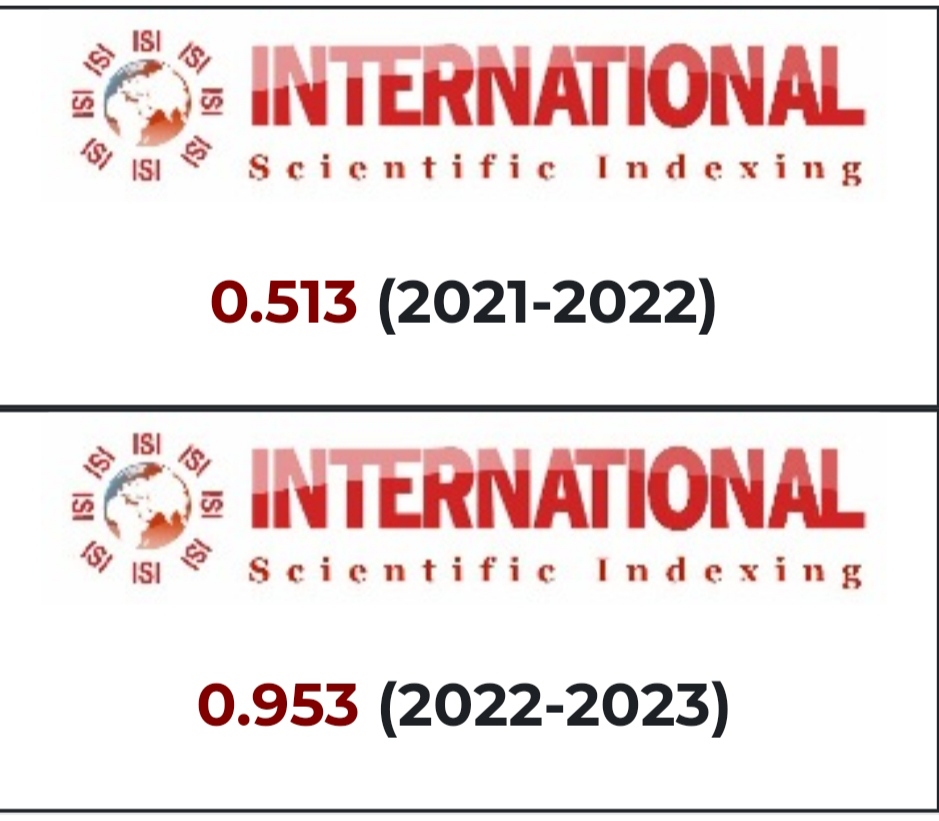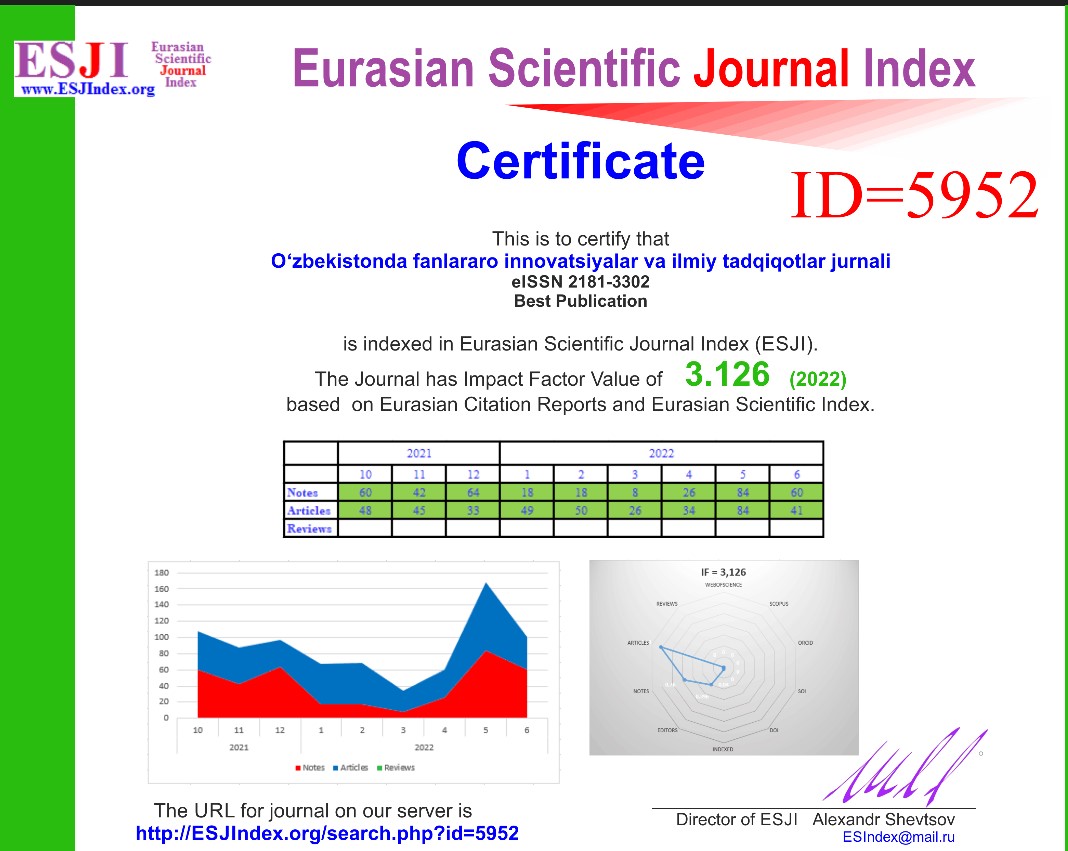PHYSICAL STATE WITH LIMITATIONS OF PRESCHOOLERS IN THEIR PSYCHOLOGICAL AND PHYSICAL DEVELOPMENT
Keywords:
peers, cardiovascular system, respiratory system, approach, indicator.Abstract
Preschoolers with unbalanced psychophysical development are becoming more prevalent today, which is a bad trend. At the same time, society provides effective remedies to this issue. Preschoolers in this group can develop more favourably than their healthy classmates under specific circumstances, and this process can be controlled within the framework of the current educational systems. Determining the content of physical exercises to correct children with special needs' psychophysical development and supporting preventative and health measures requires research on the markers of physical condition in children with special needs..
References
Adamo, K., Wilson, S., Harvey, A. et al. (2016). Does intervening in childcare settings impact fundamental movement skill development? Medicine & Science in Sports & Exercise, 48(5), 926-932.
Baevskiy, R. M., & Bersenev, A. P. (1997). Assessment of the body adaptive capabilities and the risk of developing diseases. Moskow, Russia: Medicine.
Carson, V., Hunter, S., & Kuzik, N. et al. (2016). Systematic review of physical activity and cognitive development in early childhood. Journal of Science and Medicine in Sport, 19(7), 573-578.
Cobley, S., Abraham, C., & Baker, J. (2008). Relative age effects on physical education attainment and school sport representation. Physical Education and Sport Pedagogy, 13, 267-276. doi: 10.1080/17408980701711983
Garvey, D. (2018). Nurturing Personal, Social and Emotional Development in Early Childhood. London: Kingsley.
Glushchenko, M. M, Beseda, V. V., & Romanchuk, O.P. (2013). Physical fitness of children with CNS lesions when using breathing exercises based on massage gymnastics. Science and education, 4, 102-105.
Jade McNeill, Steven J. Howard, Stewart A. Vella & Dylan P. Cliff (2020). Longitudinal associations of physical activity and modified organized sport participation with executive function and psychosocial health in preschoolers. Journal of Sports Sciences, 38(24), 2858-2865, DOI: 10.1080/02640414.2020.1803037
Krutsevich, T. Y., Vorobiov, M. I., & Abyss, G. V. (2011). Control in the physical education of children, adolescents and young people. Kyiv, Ukraine: Olympic Literature.
Nedilko, P. V., & Rudenko, S. A. (2013). Health and development of preschool and primary school children. Education and development of gifted personality, 3(10), 60-63.
Pasichnyk, V., Pityn, M., Melnyk, V., Karatnyk, I., Hakman, A., & Galan, Ya. (2018). Prerequisites for the physical development of preschool children for the realization of the tasks of physical education. Physical Activity Review, 6, 117-126.
Tupchiy, N. O. (2001). Modes of motor activity of 5-6 years children with different level of physical condition (PhD dissertation). National University of Physical Education and Sports, Kyiv, Ukraine.











